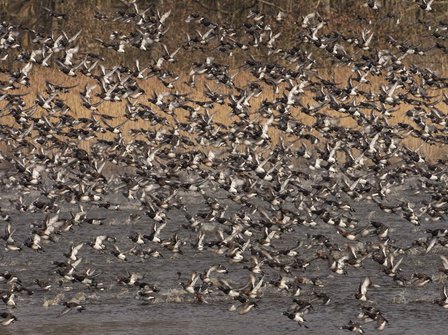The bird life of the Western Pomerania Lagoon Area National Park
From really tiny to absolutely huge
The area of the Western Pomerania lagoon area has long been recognised as an internationally significant bird sanctuary. Already at the beginning of the last century, intensive efforts were undertaken to protect the birds in today's national park. The range of native or migrating birds is impressive. The autumn crane migration attracts a particularly large number of tourists. During that time, around 80,000 cranes roost in the lagoon landscape. Along with sea eagles, they are among the giants of the local bird world. But also tiny animals, such as sanderlings and golden cockerels, find ideal habitats here.
The lagoon landscape's birds under European protection
Since 1978 the “Bodden Zingst east coast, Rügen west coast – Hiddensee” area has enjoyed wetland of international importance status under the Ramsar Convention of 1971. Since 14 December 1992, the Western Pomerania Lagoon Area National Park has been registered as a European bird sanctuary in accordance with the EC Birds Directive.











